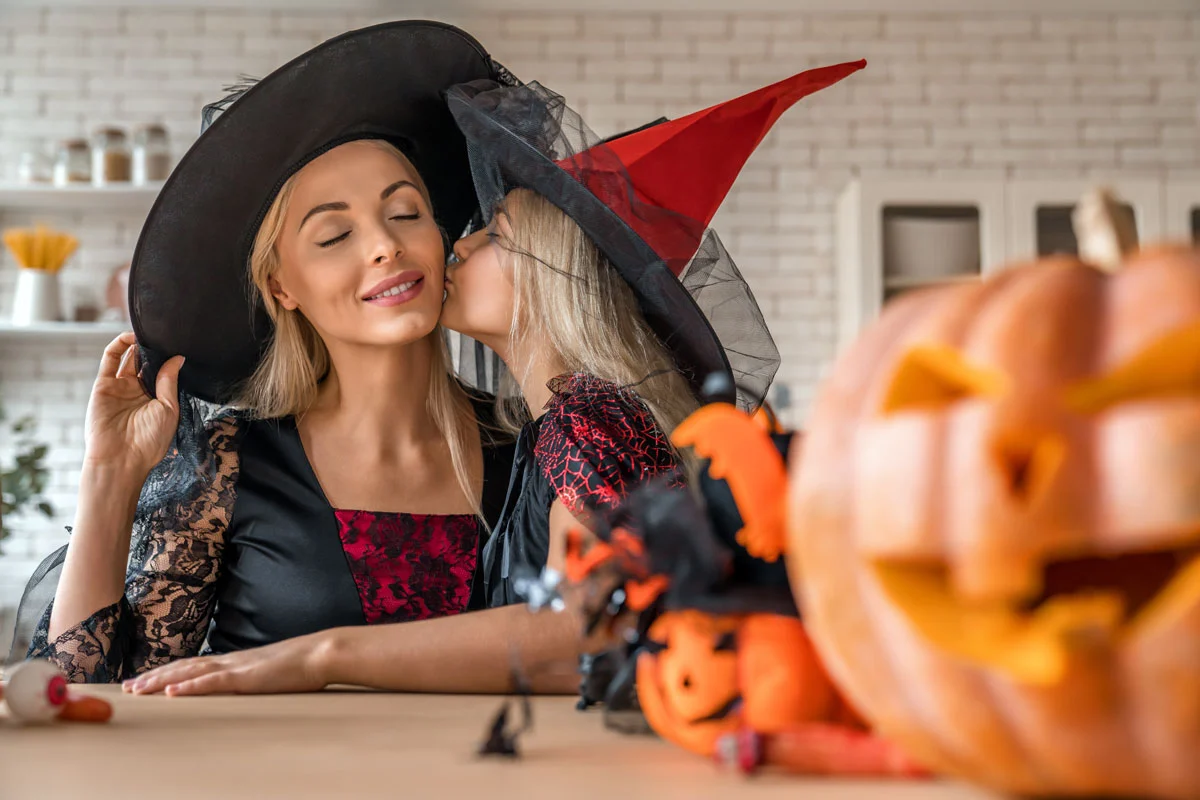As the leaves turn colors and the air turns crisp, it’s not just pumpkin spice lattes and cozy sweaters that are on everyone’s minds. The spooky season has arrived, and with it comes a staggering amount of spending on Halloween candy, decorations, and costumes. What was once a simple holiday honoring the dead has now transformed into a commercial powerhouse, with American consumers projected to spend a whopping $12.2 billion on treats and decor this year alone.
Table des matières
The Growth of Halloween Spending
This astronomical figure is not an anomaly; in fact, Halloween expenditures have been steadily increasing for years. Data shows that in 2009, total Halloween spending reached $4.8 billion. Fast forward to 2021, where the National Retail Federation (NRF) estimates that Americans will dish out a record-breaking $10.14 billion. And now, recent projections indicate that Halloween sales will climb even higher to a jaw-dropping $12.2 billion, making for one sweet and scary spending binge.
So, what happened? How did Halloween transform from simple festivities into a lucrative retail event that rivals even some of the biggest shopping seasons?
Increasing Popularity and Changing Traditions
Firstly, the holiday’s popularity has surged over time. Where once it was mainly celebrated by children donning ghost sheets or handcrafted outfits for an evening of trick-or-treating, now adults are wholeheartedly embracing the chance to dress up and engage in frightening fun.
Costume parties, haunted houses, and horror movie marathons bring people of all ages together to let loose and indulge in ghoulish excitement.
Pumpkin carving, another time-honored Halloween tradition, has also evolved. Once a simple way to ward off evil spirits, now families pour time and creativity into crafting Instagram-worthy jack-o’-lanterns that showcase their artistic skills and pop culture knowledge.
A Retail Paradise: From Candy Corn to Costumes
Another contributing factor is the expansion of Halloween-related merchandise available to consumers. Besides classic goodies like candy corn and bite-sized chocolate bars, sweet treat options have multiplied exponentially. Exotic flavor combinations and spooky limited-edition packaging tempt consumers, driving up sales.
Similarly, costume offerings have gone far beyond plastic masks and capes, with elaborate, detailed outfits allowing individuals to transform into their favorite characters from movies, television shows, or books. License deals ensure that popular franchises can profit from fans clamoring to represent their favorites as they party on All Hallow’s Eve.
Candy and Decor: A Scary Good Business Opportunity
Given this lucrative landscape and sizable annual growth, retailers are getting in on the action by rolling out larger-than-ever selections of Halloween-themed products.
The result? A spending bonanza that sees billions poured into supplying eager customers with everything they need for a spooktacular celebration.
Returns on Candy Investments
Candy sales alone account for around $2.6 billion annually, revealing Americans’ insatiable sweet tooth during this haunted season. The NRF estimates that approximately 160 million people plan on treating themselves (or others) to sugary candies each year, making up 95% of Halloween shoppers.
Not only that, but research reveals that many consumers actually purchase additional bags of candy to enjoy before and after trick-or-treating ends, further boosting sales.
Decor Sales Send Chills Down Retailers’ Spines
Spending on Halloween decorations is similarly impressive. According to the NRF, 74% of consumers intend to purchase decor for their homes or yards. This includes everything from spiderweb tablecloths and skeletal lawn ornaments to animatronic zombies lunging at passersby.
The popularity of DIY projects and creative home decorating has also contributed to the rising numbers, with eager party planners turning to Pinterest and Instagram for inspiration.
Voir cette publication sur Instagram
Cash Spent on Costumes: Dressing Up Becomes Big Business
As Halloween parties and gatherings gain popularity among children and adults alike, plenty of cash is being spent on creating the perfect look. Both homemade and store-bought costumes offer huge earning potential, as evidenced by the $3.2 billion spent on Halloween attire in 2019.
High-quality clothing stores, vintage garment shops, and thrift stores additionally experience a significant bump in business due to shoppers seeking that special piece to complete their ensemble.
The Pet Costume Boom: Don’t Forget Your Furry Friends!
Of course, we can’t disregard our beloved pets when it comes to dressing up for Halloween festivities! NRF research reveals that roughly 29 million pet owners plan to put their furry friends in cute or creepy outfits, leading to an estimated $490 million in spending on animal costumes.
Social media platforms like Instagram have likely played a role in the uptick of pet costume sales, as pet owners vie for adoration and « likes » from fellow users by showcasing their adorable dressed-up animals.
- Projected total spending in 2021: $12.2 billion
- Candy sales: Approximately $2.6 billion per year
- Decor spending: 74% of consumers buy decorations
- Costumes: $3.2 billion spent in 2019, predicted to increase
- Pet costumes: $490 million on furry friend outfits
Halloween has come a long way from its humble origins as a Celtic harvest festival. With a projected $12.2 billion in spending for candy, decor and costumes, it’s clear that this haunting season now represents a major opportunity for retailers year after year.

